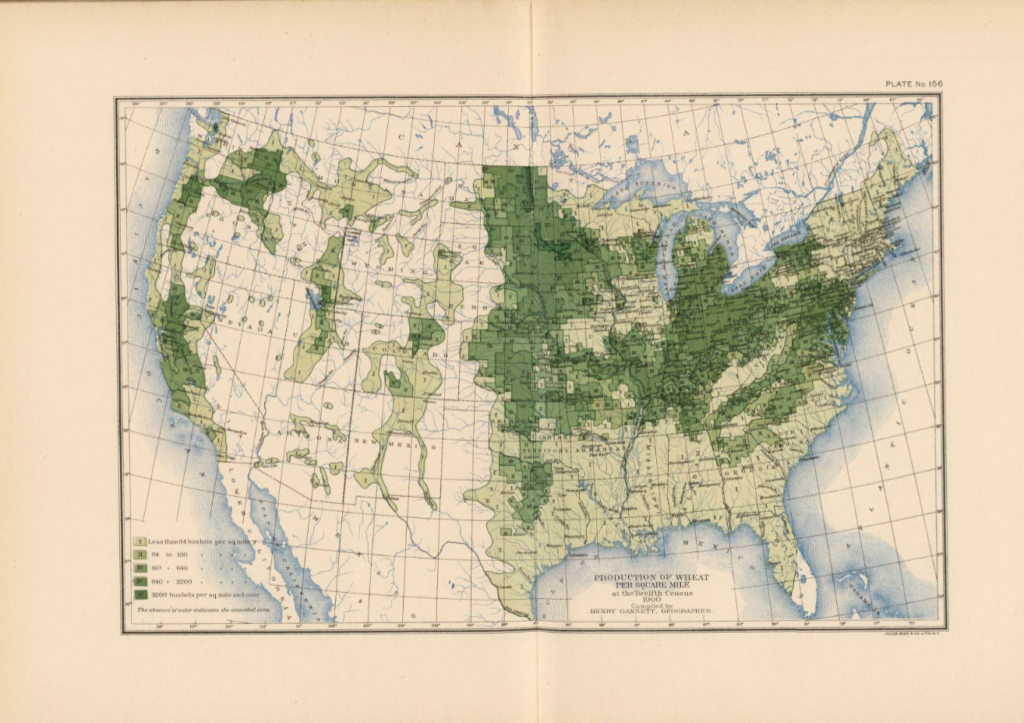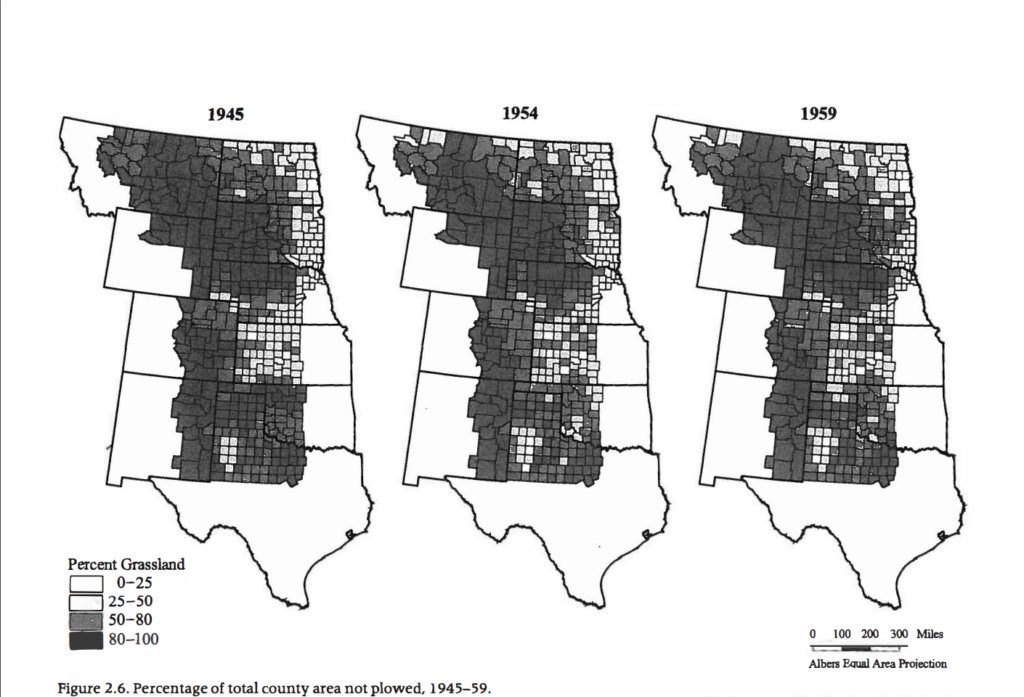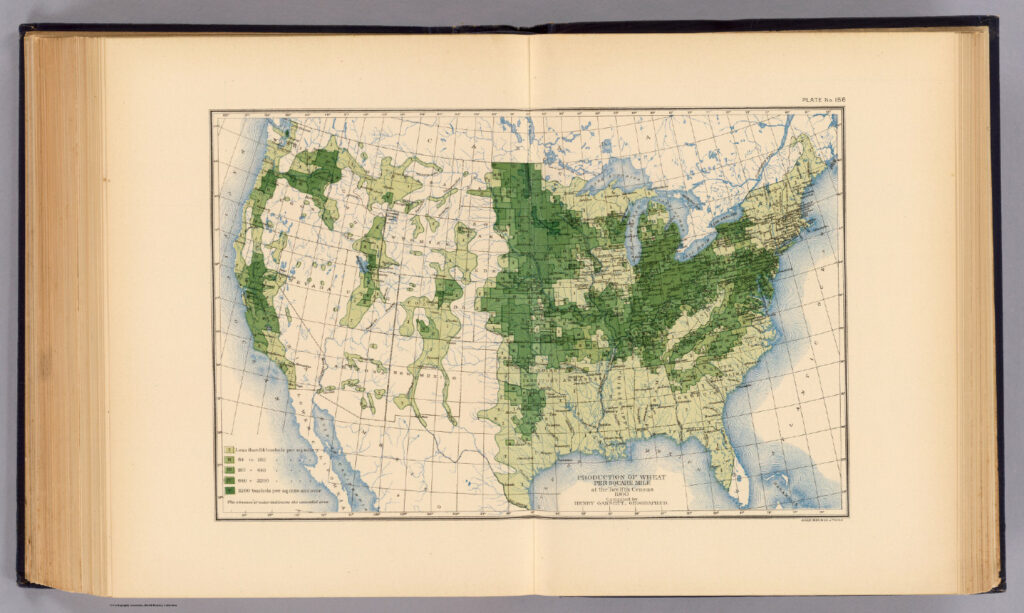In 1944, Rand McNally & Company(McNally) added an atlas titled This is My Country to their legacy of publications. With the help of the artist, Elmer Jacobs’ simplistic & colorful artstyle combined with beautiful photos of the U.S., McNally tells their readers about their country. A country comprised of natural landscapes and colonial monuments that they believed composed the essence of their country.
Folded and tucked away on the last page, this pictographic map, created by Mr. Jacobs after being commissioned by McNally to be folded up and tucked away as a bonus on the last page of this publication.

Mr. Jacobs followed their commissioners requests well, following a provided template of the US, drawing the locations spoken of within the book, and on top of this, made a nice and interesting map to look at. Why did McNally have such peramaters? They had a vision that could only be conveyed through the display of certain components of the United States. This atlas by McNally explores the large swathes of land they called the United States, intentionally leaving territories unmentioned because they were “not an integral part of this country”. This vision is reinforced through their lack of mention, and who could argue with something they were never told? Through their publications and maps, McNally argued for what land ‘truly’ made up the United States through marking the territories under U.S. rule as ‘foreign’, a decision that has contributed to the alienation of citizens in the U.S.’s territories and a well founded sense of mistrust toward Their Own Country today.
An important question to ask when looking at any set of data is what the intention(s) behind its creation. McNally had beliefs on what the U.S. was and its nature that they wanted their readers to believe as well. The interpretations McNally held on the U.S. through a perspective is unavoidable and not what should be taken issues with. They start when certain information must be ignored to maintain this understanding. To create this explanation of an idea, territories that combined with the states to make up their country were cut, going unmentioned within the pages of this atlas, which had many negative consequences of people then and today.
In Daniel Immerwahr’s publication to The Guardian, How the U.S. Has Hidden its Empire, the consequences U.S. territories have suffered until now because of this unbalanced relationship is . Many important points are brought up in the span of this article; topics such as the intentional exclusion of U.S. territories in the Philippines from FDR’s final speech despite bombing comparable to Pearl Harbor being inflicted upon them. The betrayal many of those territories felt as they found out that the country they belonged to, the U.S., had chose not to dispatch any help. However, this main goal was to draw attention to the colonial presence the U.S. has held since long before FDR’s speech on the “Japanese Planes Bomb Honolulu, Island of Guam”. Revealing to his readers the complicated relationship the U.S. has with its own ideals; Freedom, Equality, and Independence.
“In 1941, the year Japan attacked, a more accurate picture would have been this:


Immerwahr 2019
This land, called the ‘greater United States’, includes all of the US territories and satellite states as their true size [except for the scattered islands in the bottom left corner]. McNally in their other publications listed the US territories like Hawaii, Puerto Rico, the Philippines, and Alaska as ‘foreign’. When questioned about this decision by some school kids, they responded:
“It is foreign to our continental shores, and therefore cannot logically be shown in the United States proper.”
Rand McNally & Company
The intentional decision to argue that these U.S. territories were not ‘integral components of the U.S.’s identity’ has created a culture that disreguards these citizens humanity and existence. Attempts made by entities like McNally to create an American identity that unites and uplifts our populous has come at the cost of the disacknowledgement of these citizens rights and protections deserved of many who should fit into this definition. Today, this old argument has resulted in a widespread unawareness of the very existence of these territories and in those who are aware, a reluctance to address the unstable status of U.S. territories and the rights they hold. Their categorization itself is not harmful, but the treatment recieved based off their definition and restrictions applied can.
Leah R. Keith
Sources Jacobs, Elmer. A Pictorial Map of the United States. - David Rumsey Historical Map Collection Rankin, Bill. Territory of the United States Immerwahr, Daniel. How the U.S. has Hidden its Empire, 2019


































